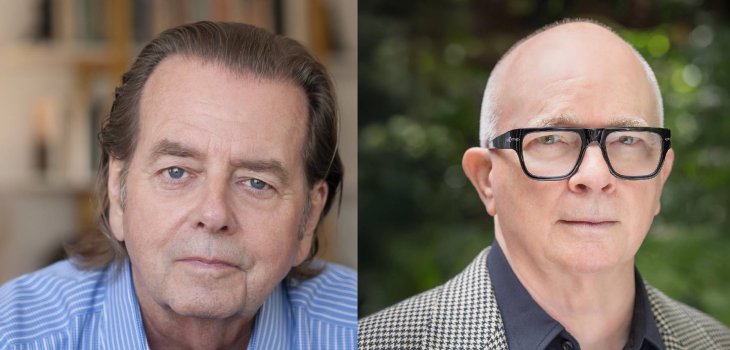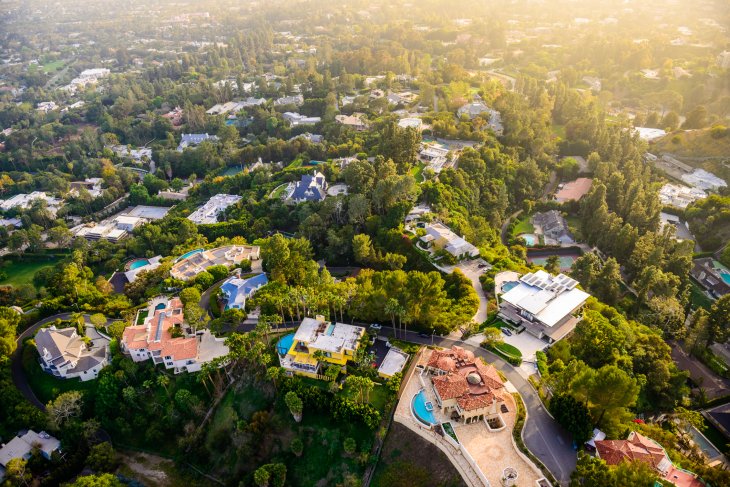This year, clean energy has powered the state for an average of seven hours daily, with over 90% of days seeing 100% clean electricity for part of the time
California became the world’s largest economy to power itself with two-thirds clean energy in 2023, Governor Gavin Newsom announced Monday, marking a historic shift as the state leans heavily on renewable sources.
Data released by the state shows 67% of retail electricity sales last year came from solar, wind, hydro, nuclear, geothermal, and biomass, up from 61% in 2022 and 41% a decade ago.
The milestone, highlighted three years into Newsom’s tenure, comes as the state added a record 7,000 megawatts of clean capacity to the grid in 2024, surpassing previous highs set in 2022 and 2023, according to the Governor’s office. This year, clean energy has powered the state for an average of seven hours daily, with over 90% of days seeing 100% clean electricity for part of the time, equating to 51.9 days so far—nearly 30% of 2025.
Since 2019, 25,000 megawatts of new energy, mostly solar and battery storage, have been integrated, aligning with a 2023 roadmap targeting 148,000 megawatts by 2045. California’s battery storage capacity has surged 1,944% since 2019, reaching 15,000 megawatts, storing excess solar power for evening use. Solar alone accounts for over 21,000 megawatts, with a recent peak of 21,500 megawatts in May.
The shift has cut greenhouse gas emissions by 20% since 2000, despite a 78% GDP rise, with power sector emissions halving since 2009. The state leads the U.S. with over 500,000 clean energy jobs, outpacing fossil fuel employment sevenfold, according to Newsom’s office.

























